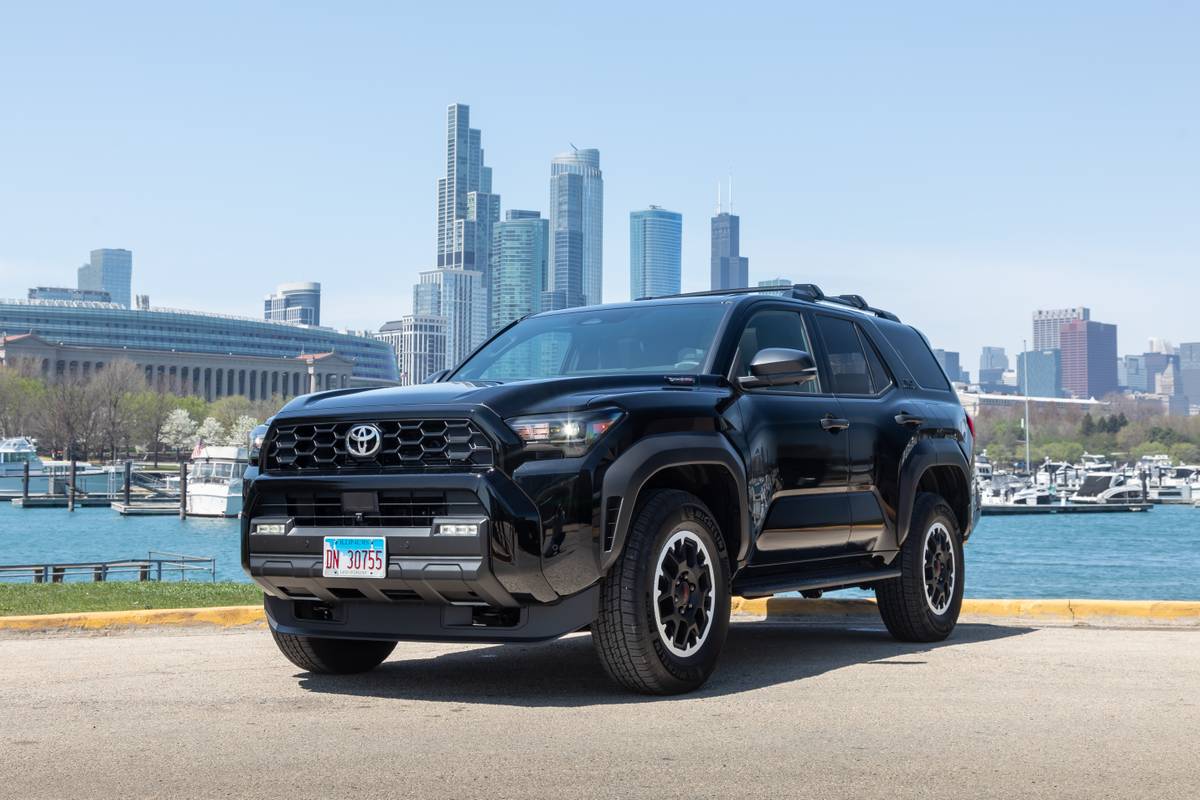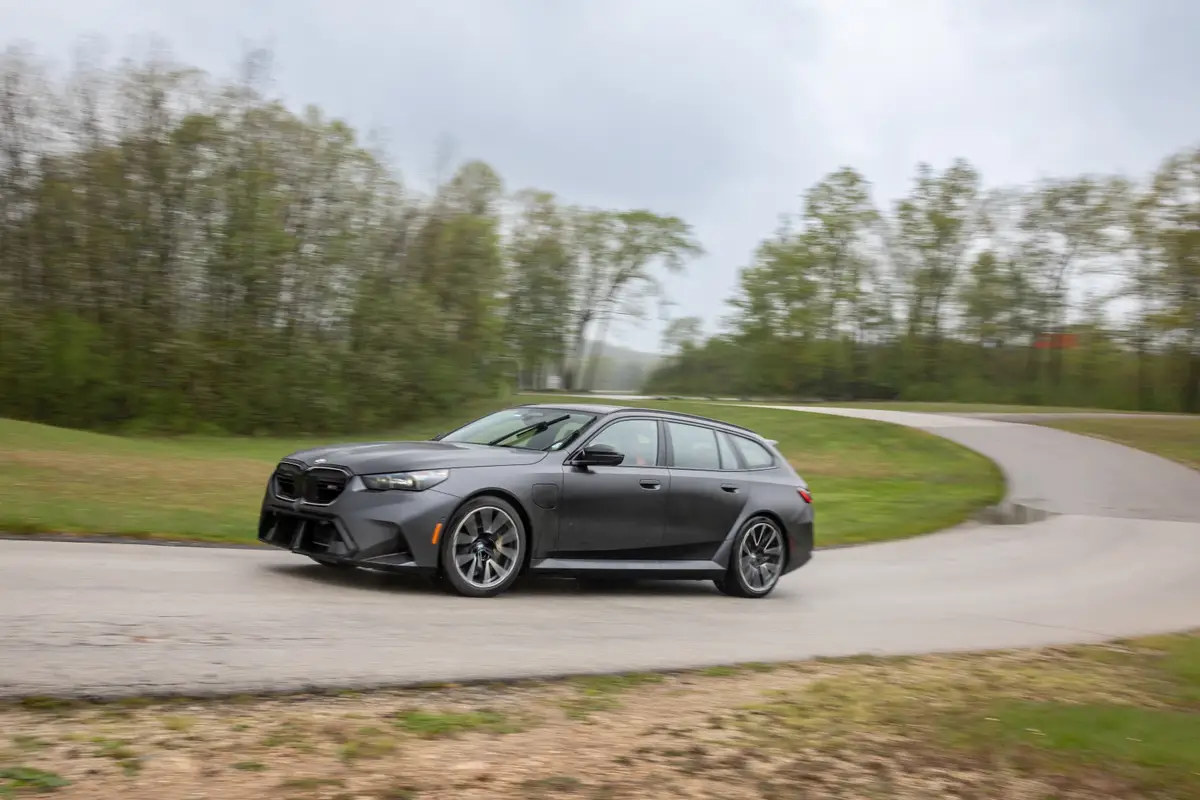Hyundai Updates the Kona, Kona EV for 2022: See What Changed

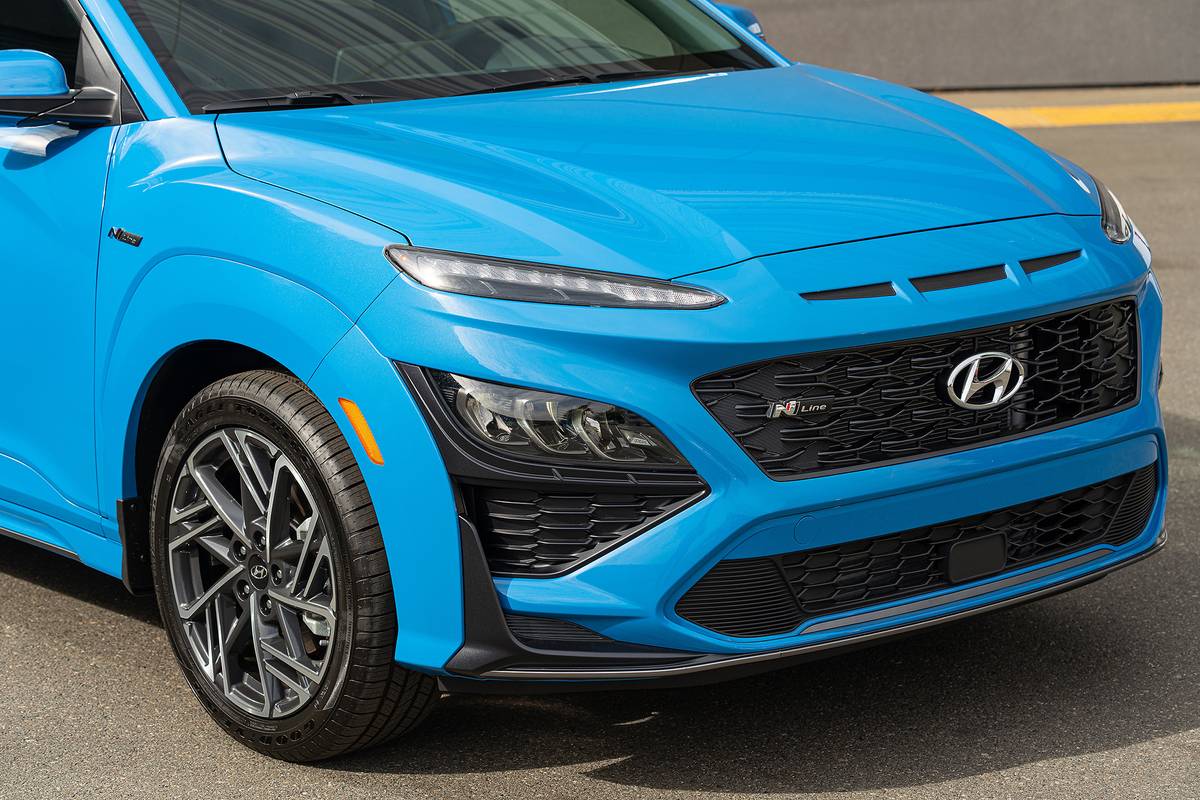
Looks like: The Kona gets a face-lift, giving gas models more snark and electric-vehicle models a sleeker look; the new N Line version adds some visual drama with a more aggressive face.
Competes with: Kia Soul, Nissan Rogue Sport and Honda HR-V (gas models); Chevrolet Bolt EV and Bolt EUV, Volkswagen ID.4 and Nissan Leaf (Kona EV)
Powertrain: 147-horsepower, 2.0-liter four-cylinder paired with new continuously variable automatic transmission (most gas versions); 195-hp, turbocharged 1.6-liter four-cylinder and seven-speed, dual-clutch automatic (Limited, N Line); 201-hp electric motor (Kona EV).
Hits dealerships: Spring
On the heels of Chevrolet unveiling an updated Bolt EV as well as a new, larger Bolt EUV, Hyundai announced some changes to its rival runabout. Gasoline and electric-vehicle versions of the 2022 Kona see a refresh with updates to both models that widen the lineup’s appeal, from the gas version’s sporty new N Line trim to the EV model’s redesigned, tech-focused interior.


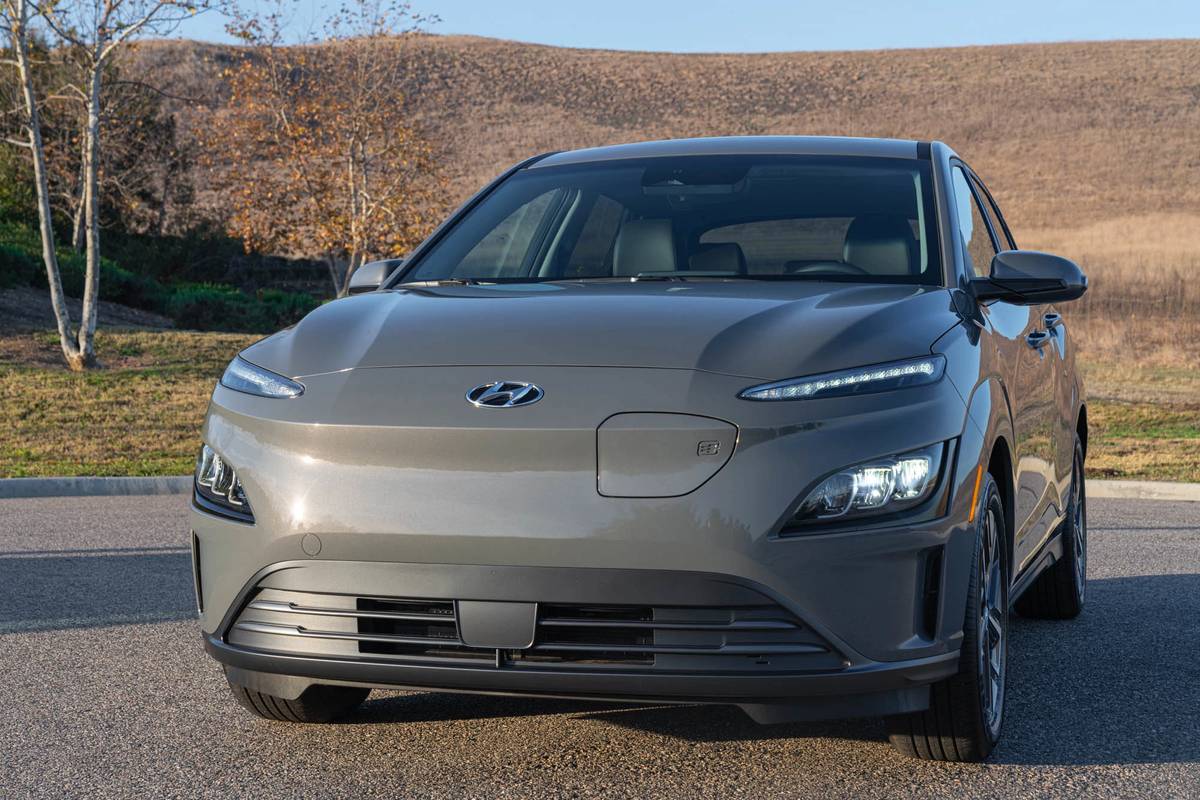
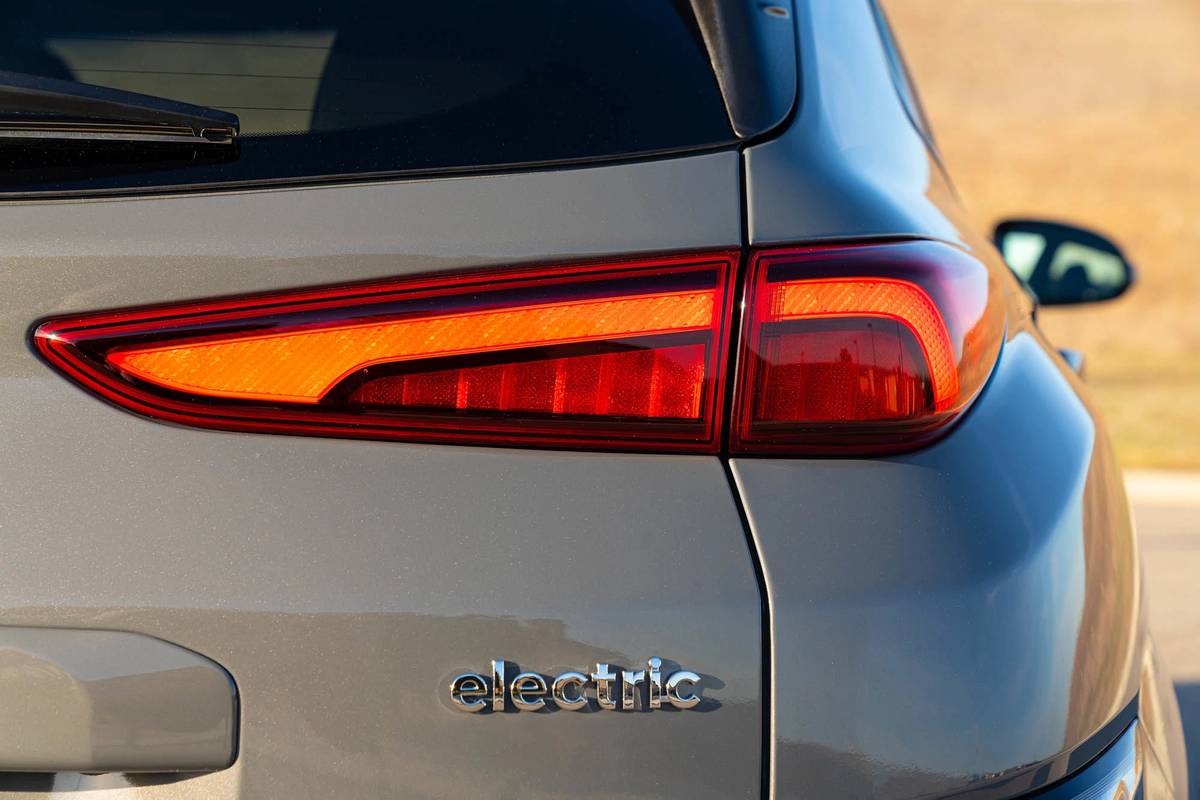

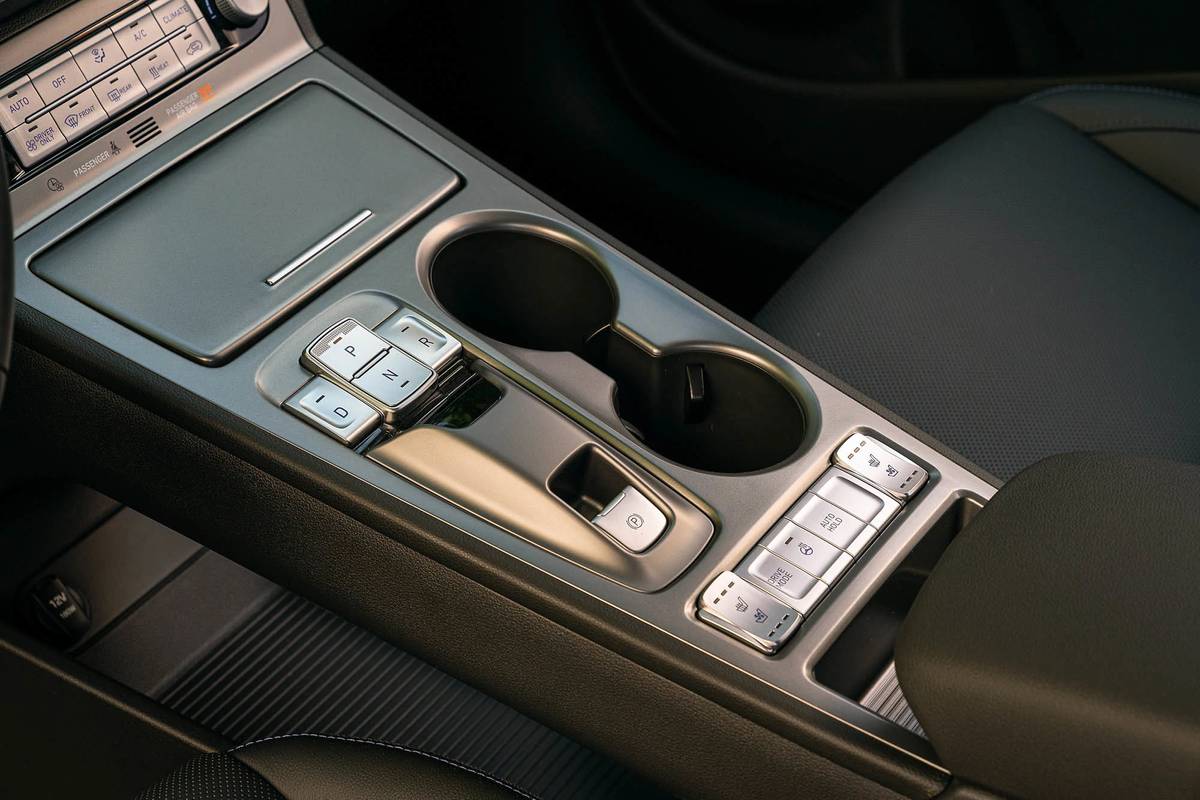








Exterior
The 2022 Kona is 1.6 inches longer than the outgoing model. Outside, the gas-powered Kona wears a more dramatic face thanks to a hood that stretches lower over the grille as well as narrower, more aggressive looking LED daytime running lamps. Below that are a more muscular-looking skid plate as well as vertically oriented aerodynamic inlets that Hyundai says improve air flow. In back, redesigned taillights use horizontally stretched graphics.
The sport-oriented Kona N Line amps up the regular model’s design with extras such as body-colored cladding for the bumper, wheel arches and rocker panels, along with larger air intakes with a mesh treatment. It rides on unique, diamond-cut 18-inch alloy wheels. In back, the N Line stands out with a functional rear diffuser, more bumper creases and dual exhaust tips.
The EV model wears a more streamlined face with a smoother grille design, plus redesigned headlights and more sculpted front and rear bumpers. The smoothness is offset by the EV’s charge panel, which is oddly offset above the grille on the driver’s side.
Interior
In the gas version, Hyundai says the Kona’s increased length adds more rear passenger space as well as additional cargo room compared with the outgoing version.
The biggest visual relates to the control setup: the previous standard 7-inch or optional 8-inch touchscreens have been replaced by 8- or 10.25-inch units. Both have Apple CarPlay and Android Auto, as was the case before, but the 8-inch unit gets wireless smartphone integration. However, as in the new Elantra, the 10.25-inch display reverts to wired smartphone connections. Also, an optional electronic parking brake opens up more storage space in the center console.
N Line variants get a dedicated color package with black seats and red stitching, plus a black headliner, metal pedals and loads of N Line badging.
The EV’s cabin uses the 10.25-inch multimedia screen setup as well as a 10.25 virtual gauge cluster. Additionally, the reworked center console includes added storage space along with wireless smartphone charging and an electronic gear selector. Other tech upgrades include an updated Blue Link telematics system and a charging update that allows for easier scheduling of EV charge times via Hyundai’s smartphone app.
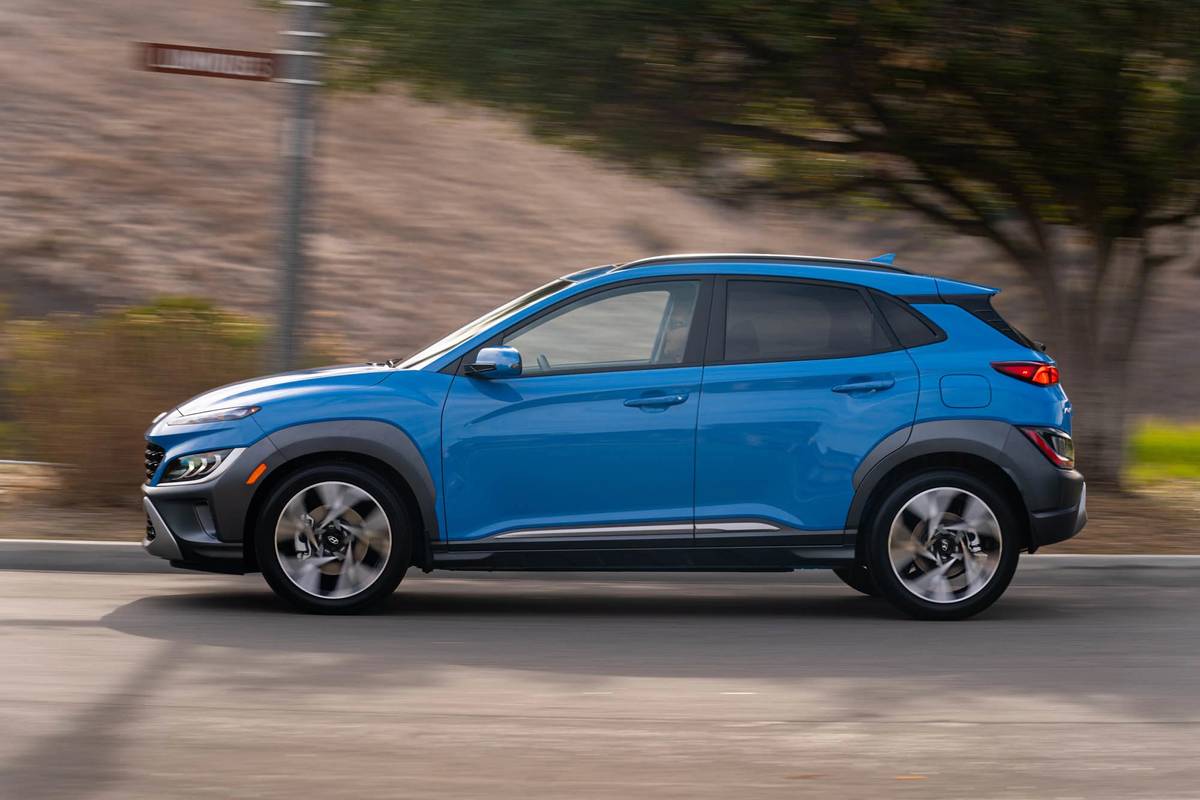
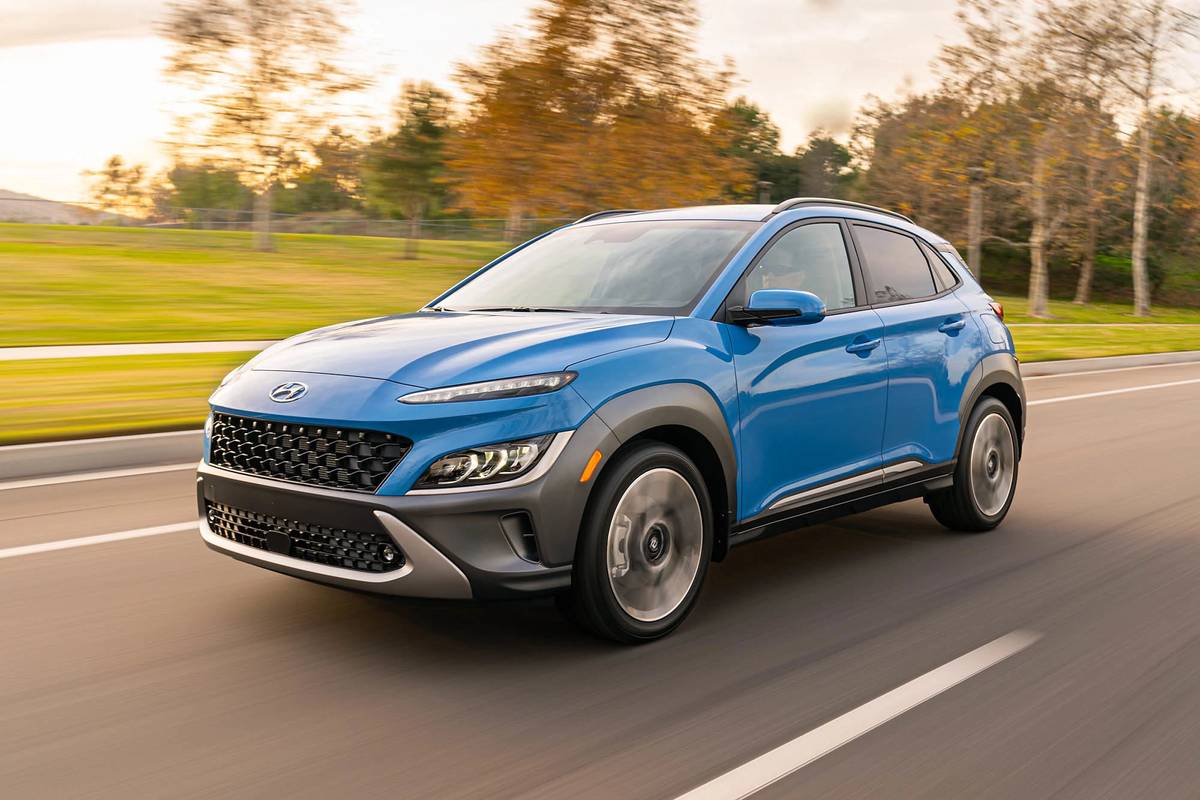



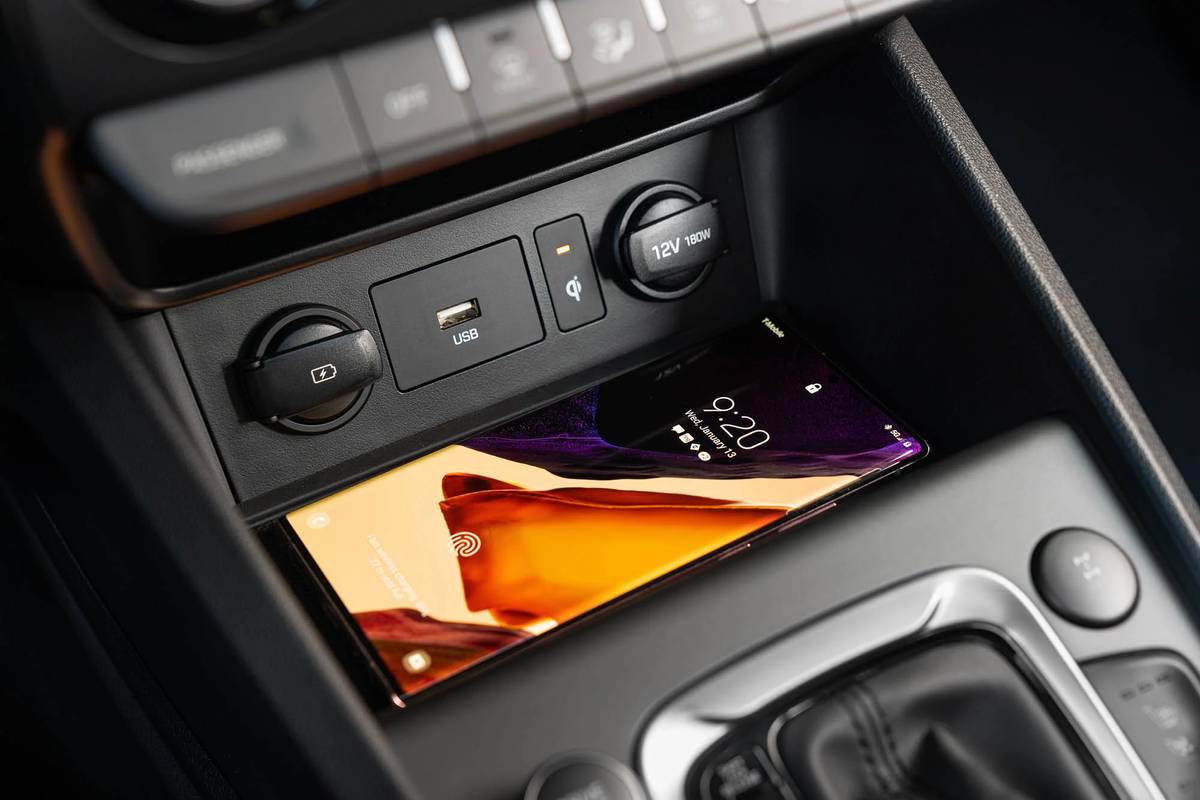






Engine and Transmission
There’s less news under the hood. Gas models will continue to use a standard 147-horsepower, 2.0-liter four-cylinder, which is paired with a new continuously variable automatic transmission. N Line and Limited trims will use a turbocharged 1.6-liter four-cylinder engine good for more horsepower than last year — 195 hp compared with 175 hp. It pairs with a retuned version of the previous model’s seven-speed dual-clutch automatic. Fuel economy estimates for both engines are pending, and both versions will be available in front- or all-wheel drive. The Kona EV will remain an FWD only for 2022.
The Kona EV’s powertrain also carries over, with a 201-hp electric motor and 258 miles of range — still competitive against the Bolt’s 259 miles of range. Charge times also carry over; Hyundai says the Kona EV can charge to 80% from 10% in approximately 47 minutes using a Level 3 DC charger via its standard onboard port. Via Level 2 charging, it’ll charge to a full battery from 10% in about nine hours.
Safety
More safety features are available for 2022. Available features include adaptive cruise control, now with stop-and-go functionality, as well as lane following assist, Hyundai’s lane-centering steering system. In addition, the 2022 Kona’s blind spot warning and rear cross-traffic alert systems gain braking intervention if you try to change lanes or back up, respectively, if they intuit danger. Also, the automatic emergency braking system — a standard feature for 2021 that included pedestrian detection on top trim levels — adds optional cyclist detection for 2022. The Kona will also offer alerts to check the backseat after you’ve parked and avoid opening doors if sensors detect oncoming traffic.
All versions of the 2022 Kona will be made in Korea and go on sale stateside this spring. Currently the Kona EV is only sold in states that require increasing sales of zero emissions vehicles. However, Hyundai says that as the 2022 Kona EV rolls out, availability will broaden first to states near ZEV states and then to others.
Cars.com’s Editorial department is your source for automotive news and reviews. In line with Cars.com’s long-standing ethics policy, editors and reviewers don’t accept gifts or free trips from automakers. The Editorial department is independent of Cars.com’s advertising, sales and sponsored content departments.

News Editor Jennifer Geiger joined the automotive industry in 2003, much to the delight of her Corvette-obsessed dad. Jennifer is an expert reviewer, certified car-seat technician and mom of three. She wears a lot of hats — many of them while driving a minivan.
Featured stories
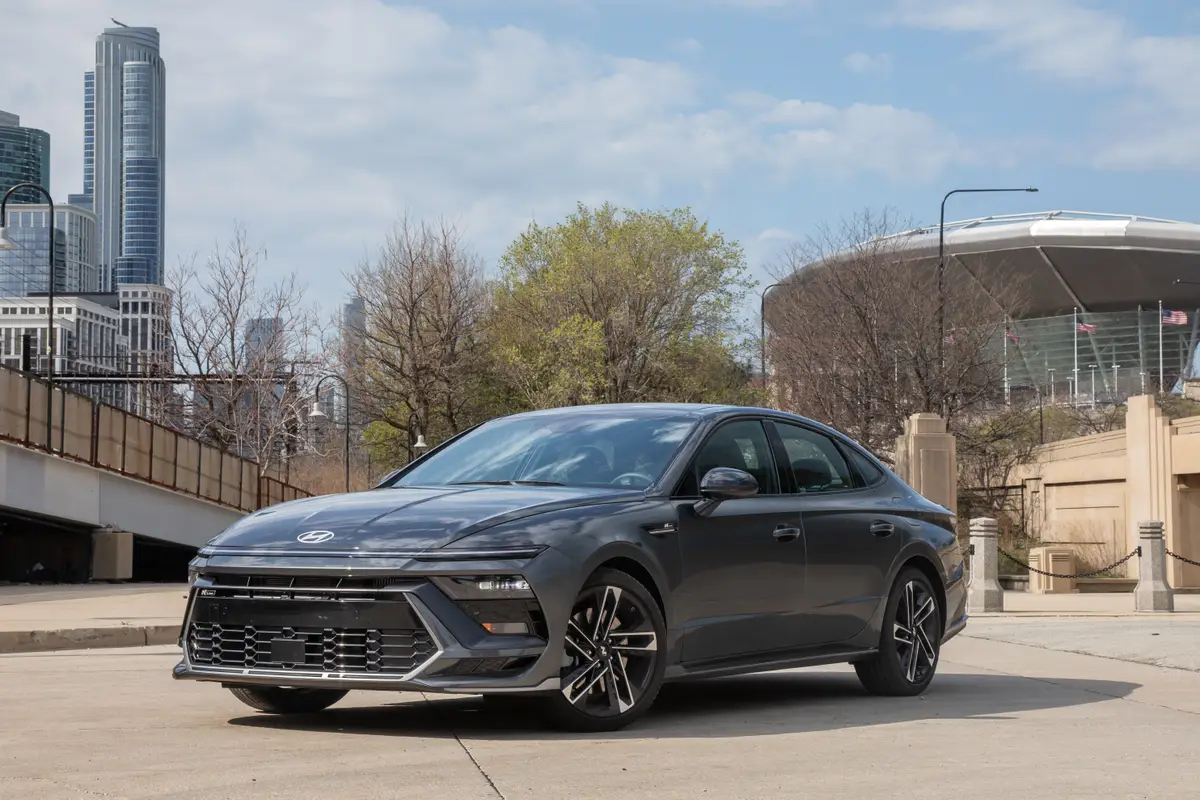
2025 Hyundai Sonata N Line Review: Banish Boring

